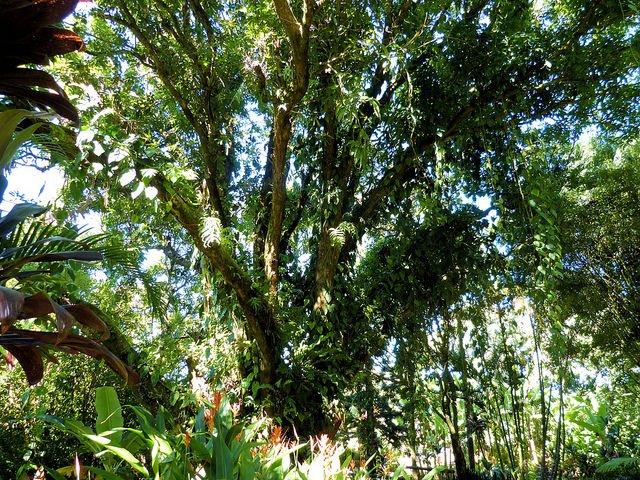Piecing Together a Guild of Your Own
In the scheme of permaculture food production, harnessing the most out of nature whilst using its own attributes, creating plant guilds ranks pretty high up there. Most of us know them in simplified forms such as the three sisters—corn, beans and squash—or companion plantings like carrots and onions or tomatoes and basil. While these combinations are great things to be familiar with, the larger lesson is learning to create more systemic guilds on our own.
Obviously, it is much more beneficial to us, as growers of food and designers of edible landscapes, to recognize the pattern of plants that group together nicely as opposed to learning a few complimentary sets. In essence, wouldn’t it be great to simply know how to make our own, personalized guilds, to be able to effectively combine plants suitable to our respective environments rather than trying to plant an apple tree guild in the tropics or bananas in Canada?
Well, I’m quite certain that Big Bill and Dapper Dave, the co-originators of permaculture, would shout enthusiastic “yeas” in response to this question. The idea has always been to take what works—the guilding system—and translate that around the globe. Let’s leave bananas to the tropics and apples to the temperate, but we can find them climate appropriate plants with which to mingle. So, then, from that perspective, what makes a good guild?
THE CENTERPIECE

In the largest scale of things, a guild starts with a centerpiece, a tall and often widespread overstory tree. These are enormous trees that tower of everything. Though it may take several years, perhaps a decade or more, they produce food on an equally massive scale. They are the very trees that, in the end, will be the ceiling of the food forest, and it is with their success in mind that the guild is being created.
…click on the above link to read the rest of the article…